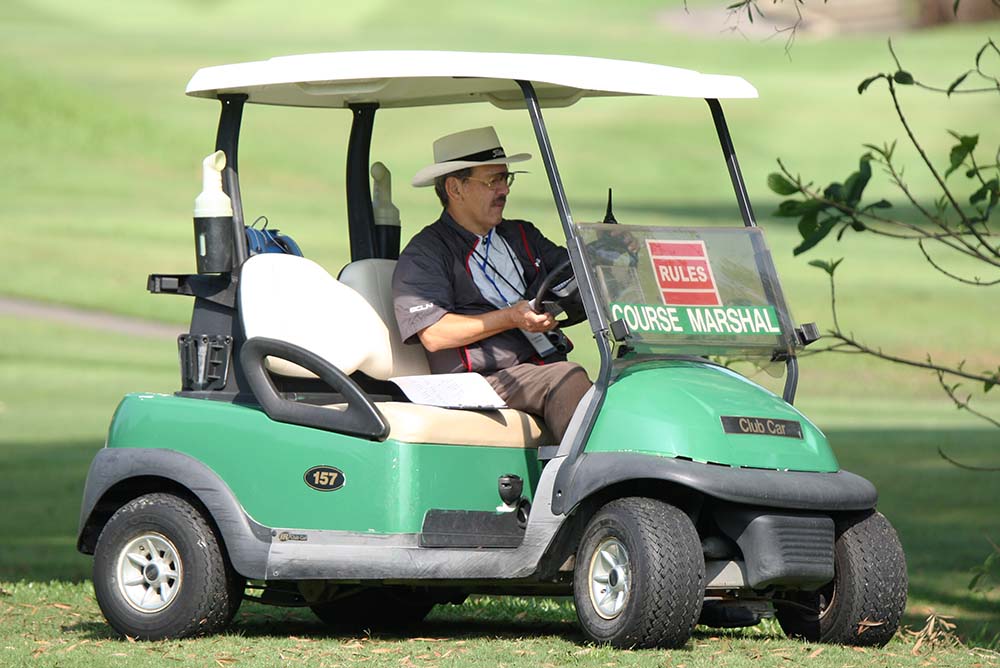
It is very important to emphasise that, although major revisions are not expected, these are still proposed new Rules; the final version that will come out in late 2018 could differ.
The intention to modernize the Rules is to make them easier to read and understand for the golfing public. The language will be easier, the order in which the Rules appear will be easier to follow and relief procedures will be less inconsistent and, by allowing the ball to be dropped from just an inch or so above the ground, complicated re-drop procedures will become a rare event.
However, they will not initially be easier for working referees, who have got used to the present 34-Rule format, which has operated since 1984, so there will be a learning curve for us!
Many changes will be for the better. Two pre-1984 Rules of being resurrected: the ability to putt with the flagstick in the hole and being able to declare a ball lost will both save time and make play smoother as nowadays few people have the use of a caddie. (I hope the Tours will have a condition requiring the removal of the flagstick for a putt, though!) Also, under the new Rules, Committees can deem certain areas to be hazards; this will be good for safety and in many cases, will avoid complicated “sequential” drops. I hope Committees will not overdo this, for example by red-staking all trees! Quicker play in stroke play will hopefully result from the new Rules emphasizing that “ready golf” is to be encouraged in this form of play (which includes Stableford, Bogey and medal play with maximum score, such as double par).
None of the changes are actually “drastic”. The new dropping procedure and the use of the two distances 20 and 80 inches instead of one and two club-lengths for free and penalty drops respectively are quite a departure from what we are used to, but will have the great advantage of uniformity and consistency.
There are a few changes I really don’t like. One is the intention to allow a player to deem his ball embedded or unfit for play without announcing anything to a fellow-competitor or opponent. Particularly in match play, this could lead to friction and it seems a wholly unnecessary change to me. Another one will be hard to police: players will be allowed to repair all kinds of damage on the putting green prior to putting; this is supposed to be restricted to damage, which will include spike marks. Tapping down grass to smooth out the line will NOT be permitted. A third one is not limiting the number of re-drops a player can take: If the ball has to be dropped on a cart path or a slope (such as when one runs alongside a lateral water hazard), the player could be there all day. Otherwise, I am only concerned with certain practicalities of the rather major procedural changes. How are they to be communicated to 60+ million golfers? Is everyone going to put a 40-inch mark accurately on his driver, and a 20-inch mark on his putter? In countries using the metric system, they will have to measure out 50.8 and 101.6cm respectively!
In the long run, probably, as it will take less time to train a referee from scratch, but there will be a running in period when the present generation of referees will have to get used to the new Rules, and some teething problems will almost certainly surface.
Pages
Click here to see the published article.












